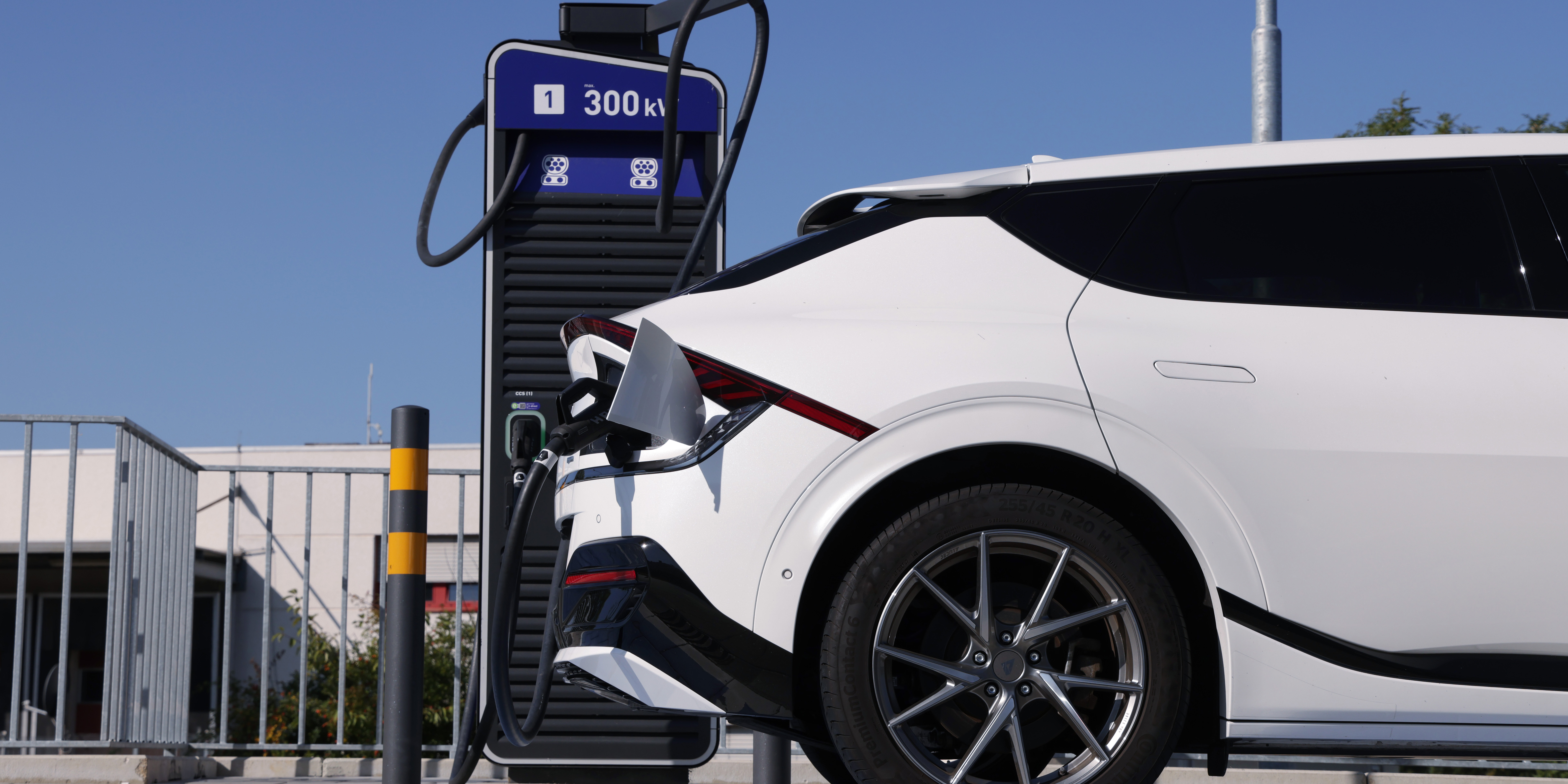Electric vehicle (EVs) sales in Germany, Europe’s biggest car market, have grown every year since 2016. Such demand has fuelled a scramble for the critical minerals such as cobalt and lithium required for the batteries that power EVs.
This, in turn — as well as a sour global economy and too much supply – has undermined the prices of platinum group metals (PGMs), which just a few years ago were fetching record prices. The main industrial use of PGMs is for the emissions-capping catalytic converters in diesel and petrol internal combustion engines (ICEs). Last year, the PGM basket price was around 30% lower.
Times are changing. Bloomberg reports that lithium has also plunged, by more than 80% from its record price in late 2022, as the market whipsawed from previous shortfalls, while nickel and cobalt have also crashed due to an inrush of production. Cobalt has plunged by two-thirds since 2022, while nickel lost almost half its value in 2023.
With EV sales now stalling, the rush to consign the ICE to the dustbin of history looks premature.
EV ‘hype’
“The hype around battery electric vehicles is hype. And, of course, we have exposure to it. So, there will be battery EVs but there will be a lot less than expected. So penetration rates will be lower. And why? Well, when people buy EVs they find that they are not exactly what they thought they were,” Sibanye-Stillwater CEO Neal Froneman told Daily Maverick in an interview.
“The future of ICEs is for a long time,” he said.
The German market is a case in point. For the first time since 2016, forecasts are for EV sales to fall in Germany in 2024 by as much as 14%.
Squeezed by high interest rates and other cost-of-living pressures, sales of EVs appear to have stalled as consumers wait for cheaper models with better range.
Sibanye is a PGM producer, so a critic might say Froneman is trying to talk up his book. But the company is also making a big drive into the battery minerals space.
Supply
Another pothole in the EV road is the supply of such minerals, which is a focus of the Investment in African Mining Indaba this week.
“There are not enough critical minerals to supply into EV forecasts,” Froneman said.
BloombergNEF’s 2023 Electric Vehicle Outlook – an analysis of EV adoption in passenger vehicles, commercial vans, trucks, buses and other vehicles globally – estimated in July 2023 that there will be 730 million passenger EVs on the road by 2040.
This, it said, presented a $1.9-trillion opportunity for the charging infrastructure market between today and 2050, with the cumulative value of EV sales across all segments hitting $8.8-trillion by 2030 and $57-trillion by 2050.
What a difference seven months makes: while that report said ICE vehicle sales had peaked already in 2017 and were now in long-term decline, it suggested that by 2026, sales of combustion vehicles would be 39% lower than their peak in 2017.
That’s predicated on the rapid and large demand for lithium batteries.
Increasingly, governments and car manufacturers need to localise their supply chains through policies ranging from direct subsidies to “battery passports” to meet ESG requirements, thereby bringing transparency to the global battery value chain on the material provenance, chemical make-up, manufacturing history and sustainability performance.
Green minerals strategy
Jerry Ahadjie, the chief minerals officer at the African Development Bank (AfDB) believes that resource-rich Africa needs a green minerals strategy to benefit from demand for batteries.
He told a panel on the role of batteries in the green transition and implications for mining in Africa that the AfDB and African Union were working on a green minerals strategy to provide policy orientation for countries where these minerals are located. He said exploration is expensive, so African governments must also invest in it to ensure growth.
“We need to attract investors, not scare them through policy. We need to embrace the green transition.”
Skills and technology are a second focus: skills development will be critical: “We need more centres of excellence such as advanced battery research centres to add value to the people. For example, it’s about 7,000km to ship cobalt from the DRC to China. That’s not good for the environment. It would be better if value is added where it is produced.”
Citing work they had done with BloombergNEF, he said it was three times cheaper to produce batteries in the DRC than in the US or Poland.
“These countries don’t have all the components — nickel comes from Madagascar, graphite from Tanzania. This would be a regional or sub-regional project.” DM




